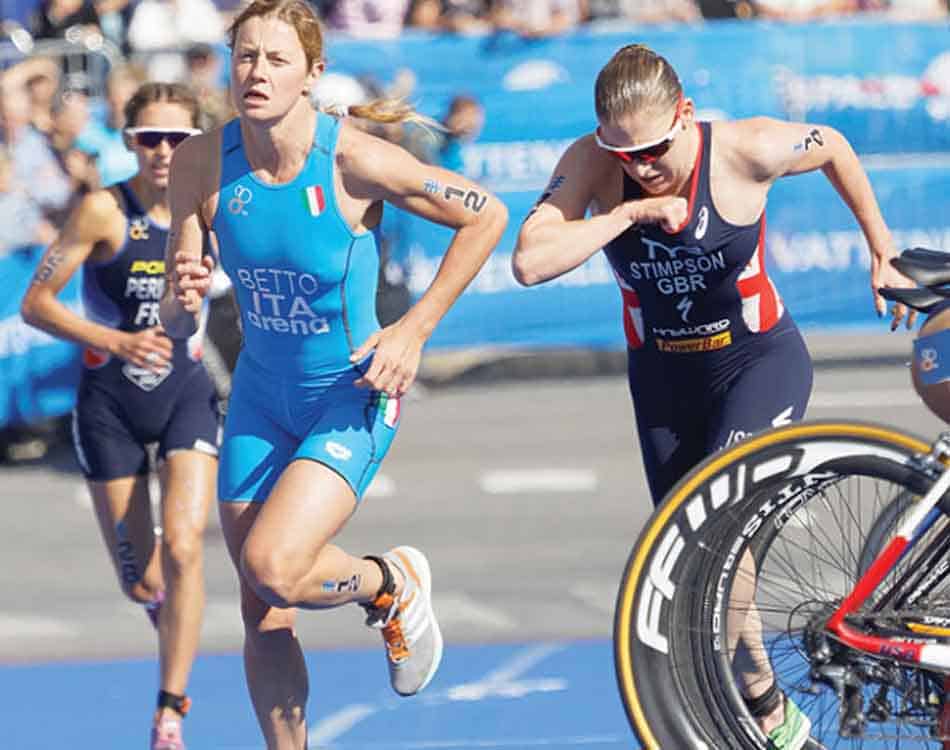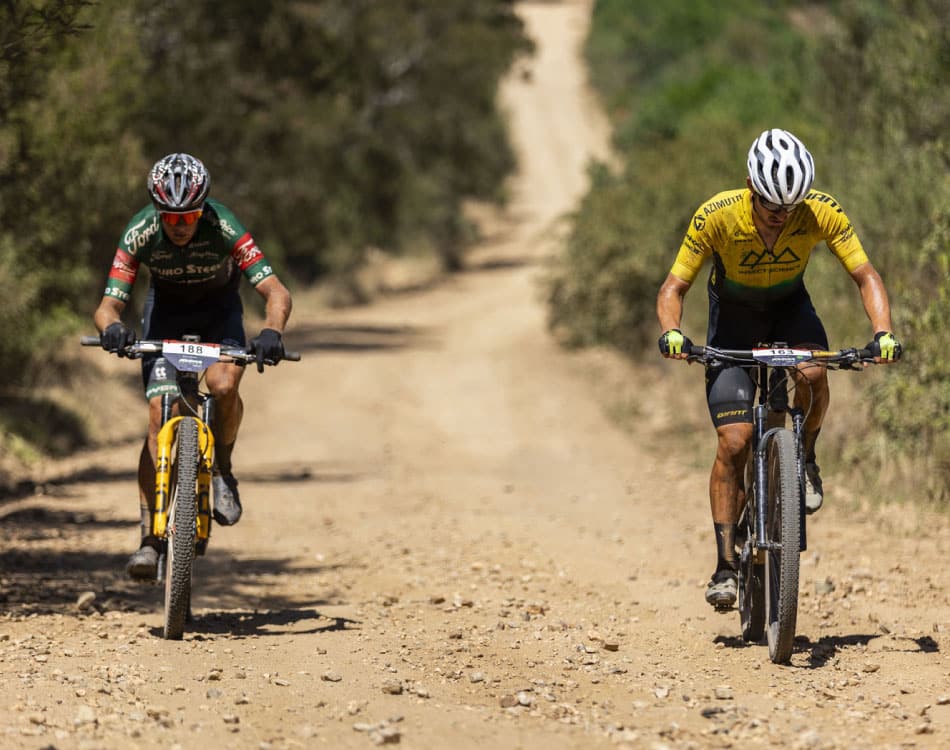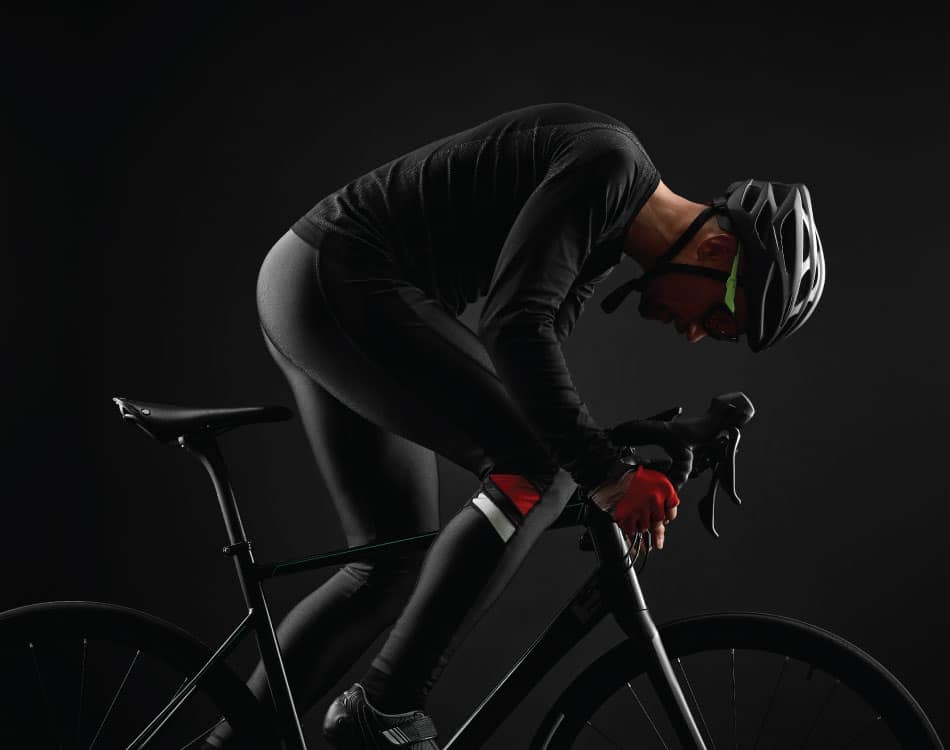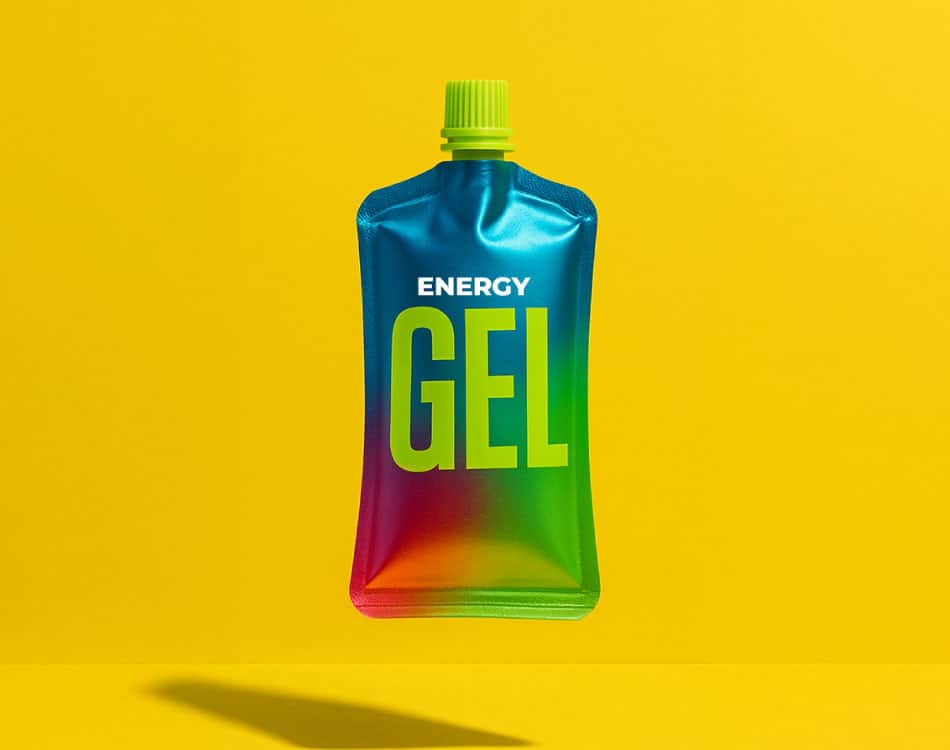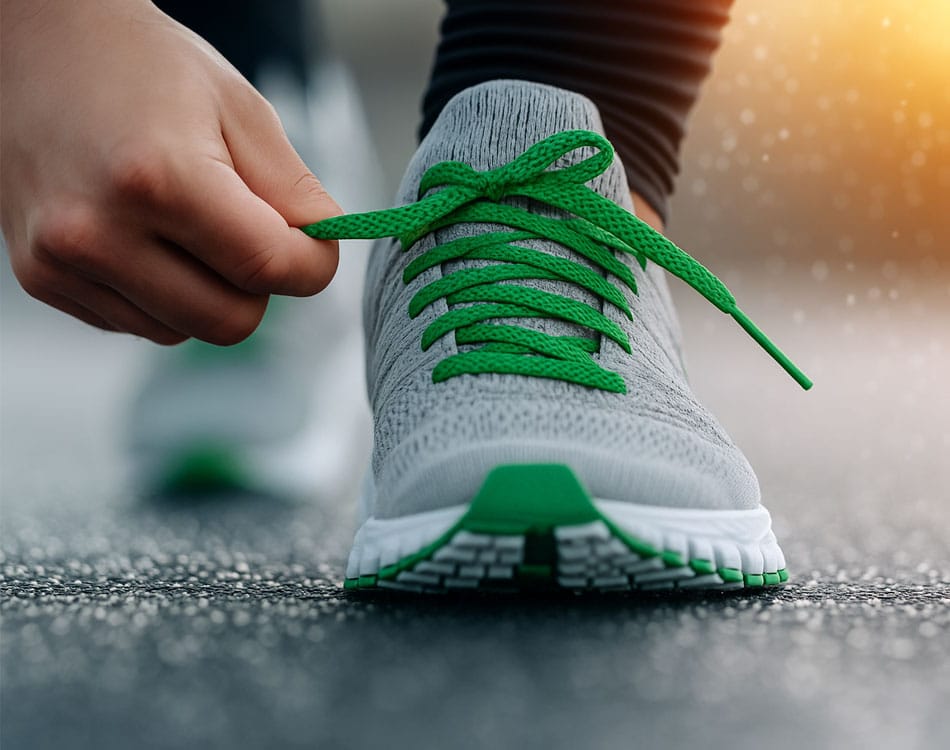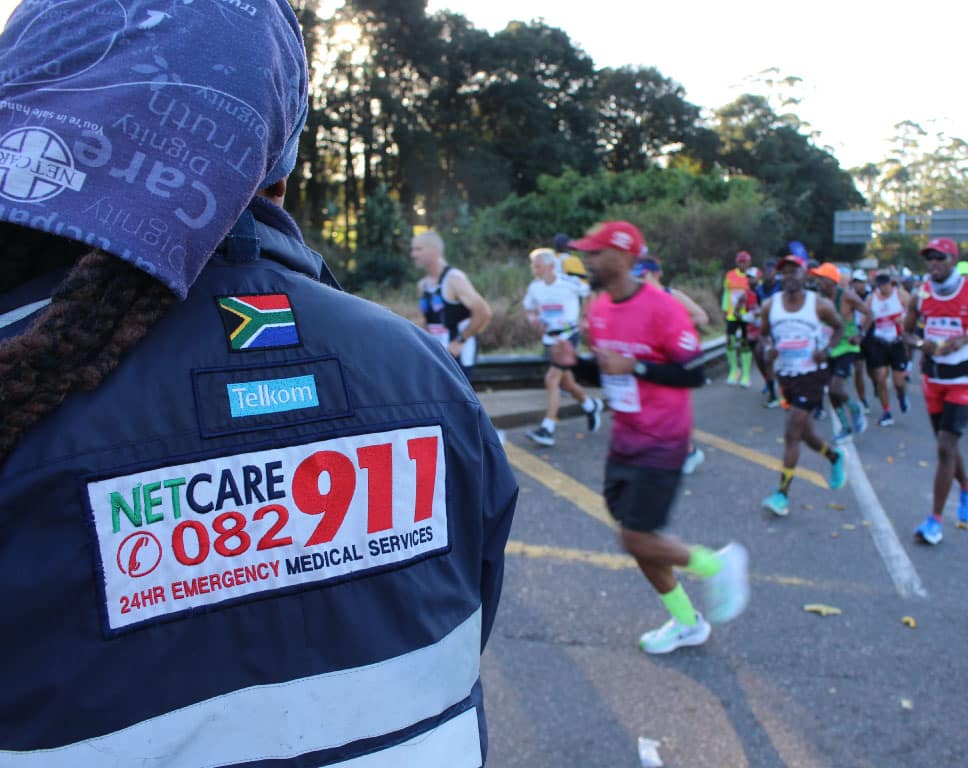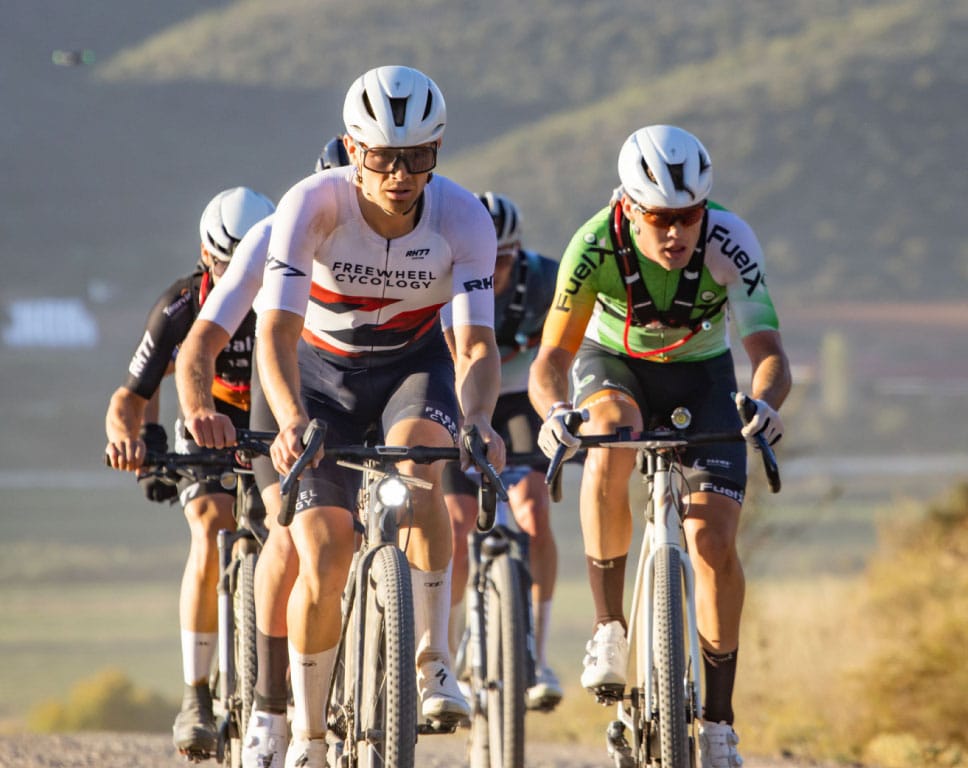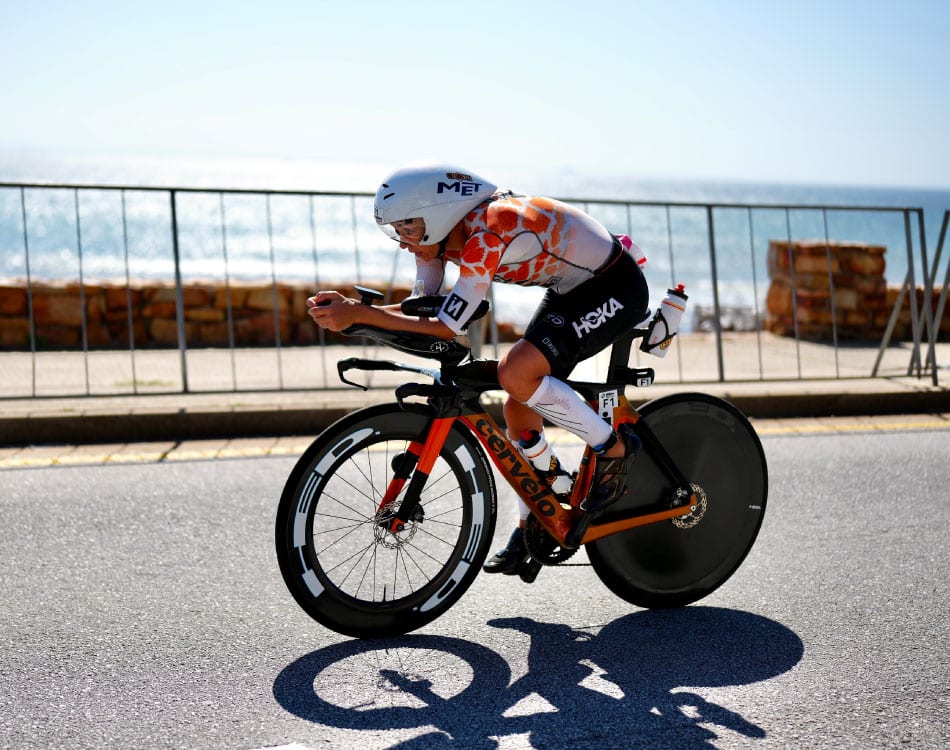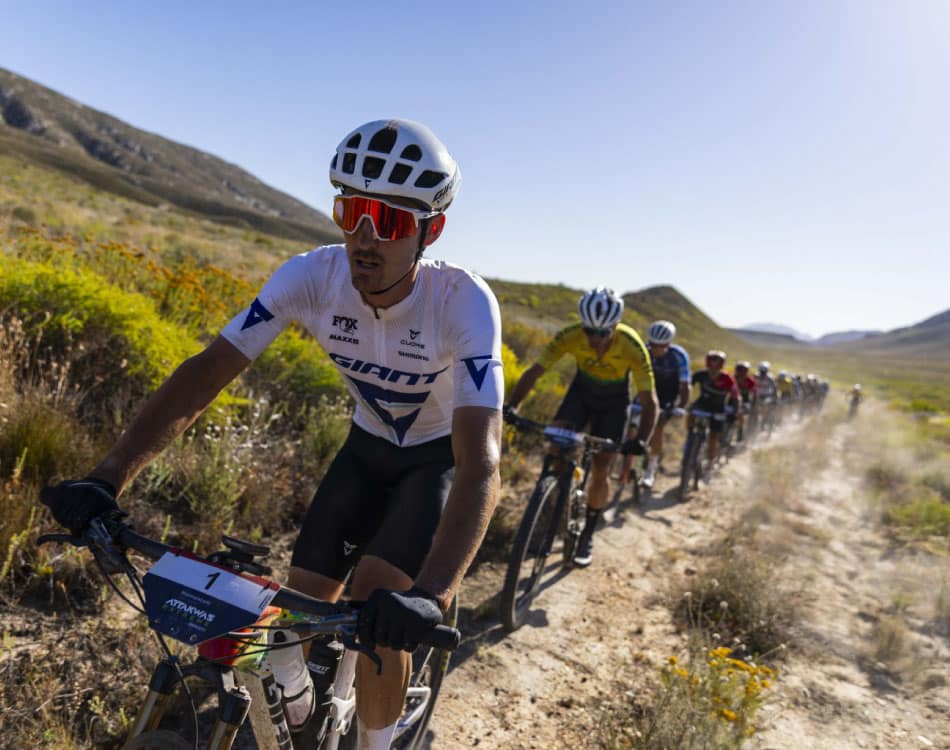If Hobbo’s journey from the couch to the 2019 Standard Bank Half Ironman Durban finish line has inspired you to compete, we’ve got top tips from a leading local triathlete coach about how best to start your own journey to endurance sport success!
Dedication is the secret ingredient
Claire Horner is a top elite triathlete and a coach at My Training Day (mytrainingday.com). She explains that training for a multi-discipline sport like a triathlon requires hours and hours of dedicated training, no matter what distance you choose to compete in.
“The best advice I can give to someone starting out is to ensure they’re getting into the sport because they really want to. You need to enjoy being in the pool, on the bike and on the road, because if you don’t you will never have the drive to achieve your goals.”
The triathletes beginner blueprint
Step 1: Invest in the best equipment you can afford
“Equipment, especially running shoes, can make or break a triathlete,” says Claire.
Claire goes on to say, “Don’t cut corners on the quality of your equipment. Rather buy the best you can afford. Bikes and cycling gear and accessories make up the largest cost component of the sport, and triathlon bikes and equipment are generally more expensive than standard cycling gear. However, if you can afford it, get a specialised triathlon bike. The aerodynamic design and equipment can make an enormous difference to your times.”
Step 2: Find a group of like-minded athletes to train with
Claire feels that many coaches say that because triathlons are an individual sport, you should do most of your training on your own.
She disagrees with this mentality, “I feel the support offered by training with a group really helps athletes with motivation and pulls them through the hard days, which can be plentiful in this sport,” adds Claire.
Step 3: Find a qualified coach who can assist with training, technique and equipment choices
“Periodised training is imperative in a sport with such high training loads,” continues Claire.
She adds that ‘weekend warrior’ triathletes need a coach to ensure that the little time they have available for training during the week and on weekends is maximised.
Step 4: Improve your technique
According to Claire, technique is vital for proficient swimming.
“Swimming requires the greatest focus on technique and is normally the discipline that takes the longest time to improve.”
She advises that beginners start with pool swims, and progress to open water swims as race day approaches.
In terms of running, a combination for running and walking in the conditioning phase of training is ideal.
“Start with two minutes of running and a one-minute walk interval, then progressively increase the running component until you are comfortable,” suggests Claire.
However, don’t just stick to road work. Claire advises beginners to include track work, in addition to other forms of tempo and speed work, as well as endurance and strength training.
In terms of cycling, time in the saddle is key, especially for Ironman distances.
“And don’t leave out the hill work,” she suggests. If you have a triathlon bike, train on it often to get accustomed to the aerodynamic riding position.
Step 5: Train hard, recover hard
“My athletes will never do a long run and a long ride on the same day, even those with a full-time job and limited training time,” says Claire.
Recovery is very important ; make sure you cycle your training days accordingly to ensure that you aren’t overtraining.
Step 6: Don’t neglect transitions
“When competing in the shorter distances it’s important to get quick transitions down. Use training days to work on your various transitions on a regular basis,” advises Claire.
Implement these 6 steps and you could be well on your way to completing your very first triathlon; and perhaps your own lifestyle transformation.

